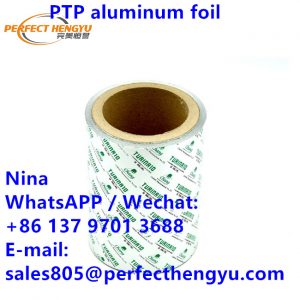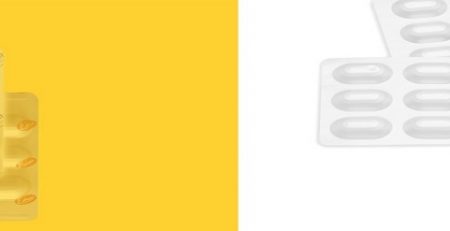The tempering of the material is described as the hardness or elasticity of the metal, or in our foil. The two extremes on the scale are simply marked as hard tempered foil or soft tempered foil.
So far, softened aluminum foil is more common in both packages because they have greater ductility in both and are suitable for tightly wrapping on three-dimensional products, such as a piece of chocolate or a piece of butter. Softened tempered foil is also the preferred foil for lamination.
On the other hand, hard tempered foil is most commonly used in harder packaging, such as cold formed Alu Alu foil packaging or PTP aluminum foil pill packaging. The relatively low breaking strength of hard tempered foil makes it easier to push small objects such as single pills or batteries through the foil while maintaining the integrity of the rest of the structure.
Soft tempered foil can tightly wrap three sectarian objects, such as chocolate shown here. Hard tempered foil is stronger and can be pierced without affecting its overall strength. As shown here, it is an ideal choice for blister packaging.
The thickness of the gauge aluminum foil can range from 0.235 mils thin to up to 2 mils thick. Typically, the foil at the lower end of this range is laminated to film or paper, while the foil at the upper end can be placed separately to wrap the top of the champagne bottle. Gauges are usually measured in thousands of inches (aka mil) or microns (aka microns). Most aluminum foil packaging uses for food and candy packaging range from 0.23 million to 1 million.








